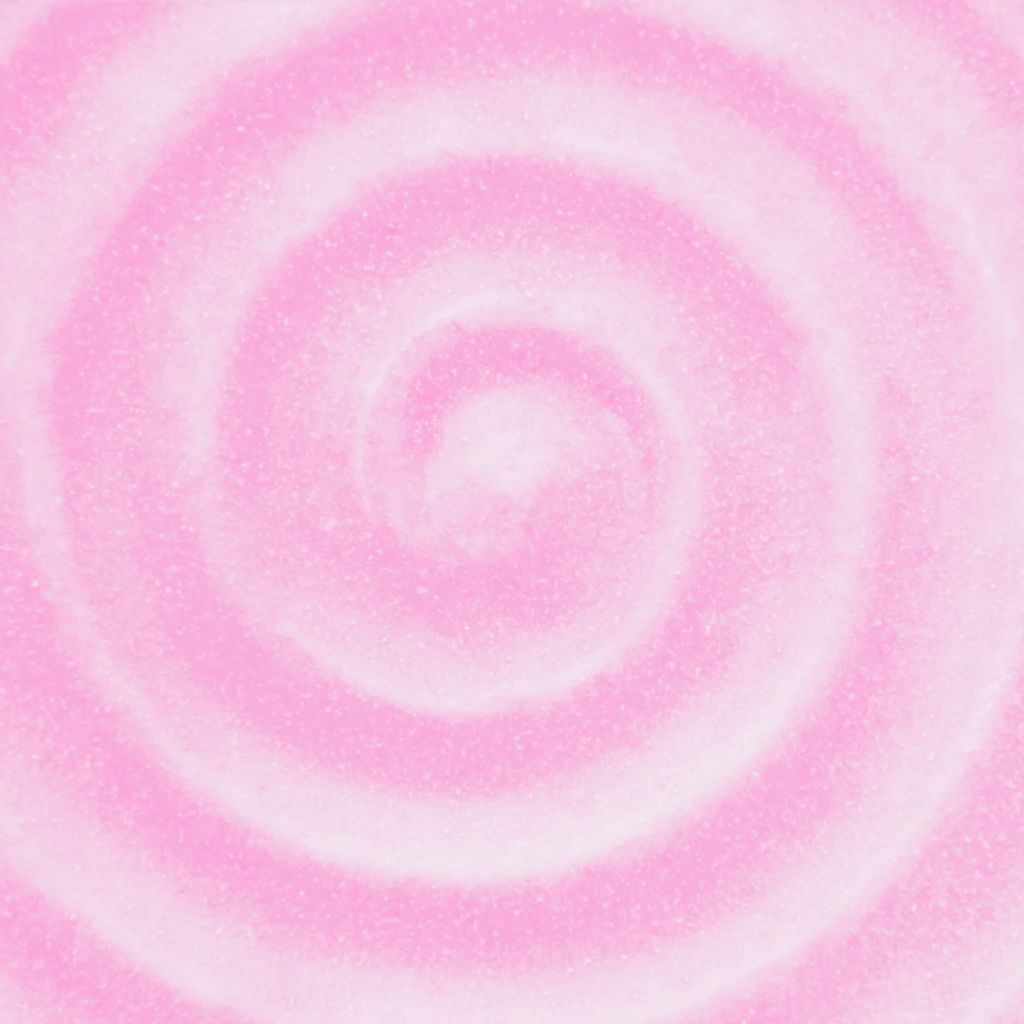Musical Vibroacupuncture (MVA) is an innovative technique that applies musical vibratory frequencies to specific acupuncture points. A recent pilot study explored this approach in five strategic locations traditionally associated with promoting relaxation and comfort:
• LI 4 (Hegu) – Between the thumb and index finger bones of the right hand (64 Hz)
• YINTANG – In the center of the forehead, between the eyebrows (64 Hz)
• CV 15 (Jiuwei) – At the lower end of the sternum (48 Hz)
• CV 4 (Guanyuan) – Four fingers below the navel (32 Hz)
• LR 3 (Taichong) – Between the first and second toe bones of the left foot (32 Hz)
What did researchers discover?
Participants who received vibratory stimulation at these points showed increased tolerance to discomfort compared to other tested methods.
How might this work?
According to a proposed mechanism, vibratory stimulation may activate large-diameter A-beta sensory fibers. This input could help modulate pain perception by inhibiting nociceptive-specific neurons at the level of the spinal dorsal horn-potentially helping the body manage discomfort more effectively.
The intersection of neuroscience, vibrational stimulation, and traditional medicine is opening new avenues for supporting wellness in innovative, non-invasive ways.
Disclaimer: These statements have not been evaluated by the FDA. This post is for informational purposes only and is not intended to diagnose, treat, cure, or prevent any disease.
Reference: Weber A, Busbridge S, Governo R. Evaluation of the Efficacy of Musical Vibroacupuncture in Pain Relief: A Randomized Controlled Pilot Study. Neuromodulation. 2021; 24(8):1475-1482. doi: 10.1111/ner.13281.
